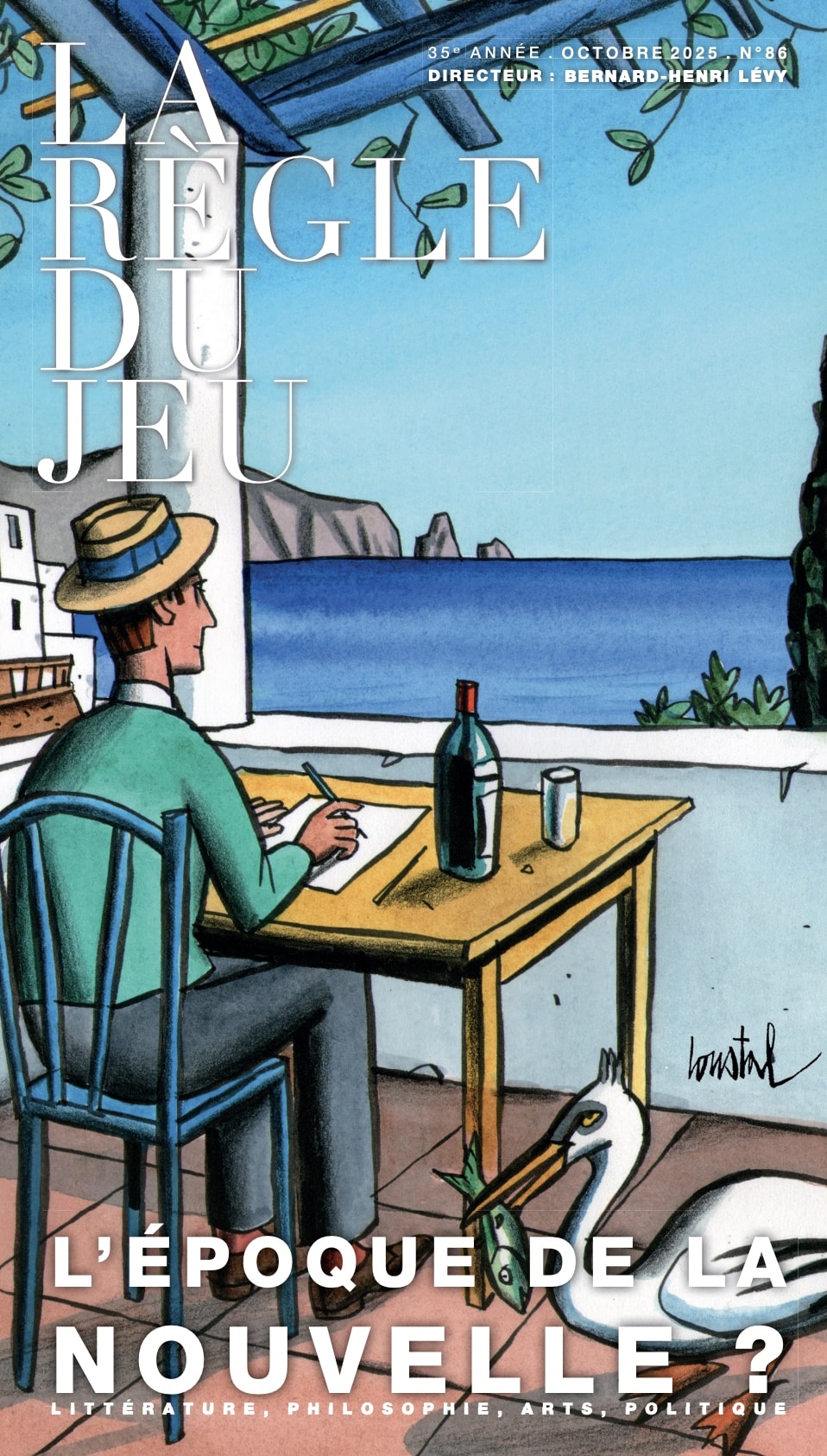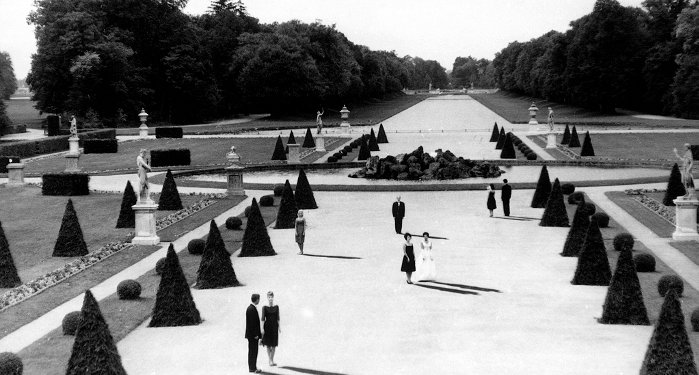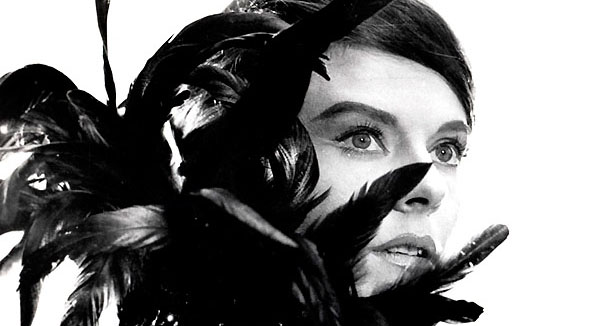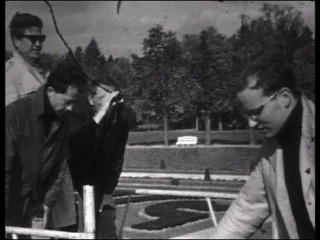Last night I had the privilege of attending, in good company, an invitational screening of a new film that, if the forces line up the right way, may make its way to wider audiences: “The Making of ‘Last Year at Marienbad’”, a documentary based on 8-mm. footage shot by the actress Françoise Spira, a cast member, on the set of Alain Resnais’s 1961 film. Most of her footage was shot at the Amalienburg Castle, near Munich; the story behind it is remarkable—the footage vanished after the actress’s suicide, in 1965. The philosopher and editor Bernard-Henri Lévy, one of the film’s producers, recently wrote in The Daily Beast of how the film came to be made:
Jean-Baptiste Thierrée, Spira’s last companion, found the lost work hidden in the back of a basement and gave it to Alain Robbe-Grillet, who had written Marienbad’s original screenplay. A few weeks before he died [in 2008], Robbe-Grillet passed it on to Olivier Corpet’s Institut Mémoires de l’édition Contemporaine, with the rest of his archives, and Corpet, in turn, gave it to me to broadcast on the website of my review, La Règle du Jeu.
Lévy, recalling that the German director Volker Schlöndorff had been an assistant to Resnais at the time, brought Schlöndorff in to turn the footage into a film. Schlöndorff’s work is admirable in its simplicity: as he says in his voice-over commentary, he consulted his dossiers on the film to determine the order of Spira’s reels, and then simply laid them end-to-end, with no talking heads, film clips, or effects; he added his own, casual, improvised commentary, which is informative, insightful, and heartfelt; and brief clips from the soundtrack of the film put the rehearsal sequences into context.
An extraordinarily illuminating detail emerges, in the course of the documentary, at the one point that the action departs from the set of Resnais’s film: Spira filmed an excursion by the cast and crew to the Munich suburb of Dachau. There, they visited the remains of the concentration camp (which Spira didn’t film); they also walked through the nearby center of the town (where, Schlöndorff commented, the residents he spoke with had little interest in talking about the camp). I’ve always thought that the film is noteworthy for the pre-war atmosphere it conjures, with no actual calendar reference. “Marienbad” is, of course, a German name (“Bad” means “bath,” referring to a spa), and the title of the film could (with a tiny tweak of the French) mean the last year at Marienbad—as in, this is how life was in Germany before all hell broke loose, or even, this is the sort of passionately decadent frivolity—and the sort of breakdown of memory—that results in disaster on a historical scale. It struck me that Resnais’s film, about love in a castle before the war, is a rueful retrospective gloss on Jean Renoir’s “Rules of the Game” (“La Règle du jeu”).
The screening took place under the aegis of Lévy, Corpet, Diane von Furstenberg, and Jack Lang (now president of IMEC); the first three were on hand for the event. I spoke with Lévy (for whose journal I’ve written an article, “Godard et la littérature”) after the screening and suggested that the film be offered to the programmers of the New York Film Festival; if he shows it to them, they really ought to take it. Among last year’s offerings was a documentary about the making of Henri-Georges Clouzot’s “L’Enfer”; Schlöndorff’s film is vastly superior.
Posted May 21, 2010 by Richard Brody on in his New Yorker blog The Front Row








[…] Last Year, Last Night par Richard Brody […]